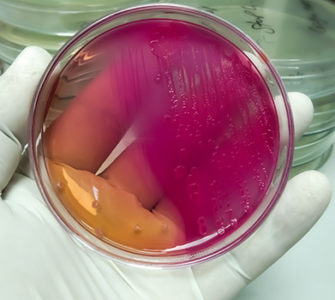Antibiotic-free production: Tips for making it work
After following trends in antibiotic-free production over the past several years, Tim Cummings, DVM, has identified a few production practices worth incorporating.
The first practices adopted in antibiotic-free (ABF) including decreased stocking densities and litter acidifiers to control moisture were pretty standard in the industry, he told Poultry Health Today.
“Across the board, growers switching to ABF see more enteric issues, higher mortality levels and lost efficiency, especially in the first weeks of production,” noted Cummings, a technical service veterinarian for Zoetis who’s been closely following the ABF trend for the past 4 to 5 years.
His first presentation on this topic was presented in 2013 and later reported by Poultry USA.
Overcome challenges
Finding ways within the ABF system to overcome these challenges requires constant attention. “I think one of the first things we look at is the diet, trying to get the enteritis issues under control,” Cummings said.
He explained that eating patterns in the first 2 to 4 weeks have an effect on both coccidiosis control and the necrotic enteritis challenge. As a result, all-vegetable diets have become standard in many ABF production systems.
“[Some] bone meal and bone-meal products have been implicated in Clostridium perfringens challenges,” Cummings noted. “In addition, there’s just a lot of variability and quality issues with the bone-meal products.”
Coccidiosis also remains a major disease problem in ABF production. Cummings said ABF producers are limited to vaccines and synthetic anticoccidials, so they need to be even more vigilant in planning long-term coccidiosis strategies.
“We’ve seen increased vaccination for coccidiosis in the past year,” he reported, which has put more pressure on the industry to find ways to make vaccination work more consistently.
Vaccine uptake
New administration methods involving hatchery gels instead of sprays are showing promise for improved vaccine uptake, but more research is needed with delivery systems, he added.
Cummings said growing interest in ABF production has also prompted growers to consider using coccidiosis vaccines longer in the growing season, not just during the traditional summer months.
Meanwhile, Escherichia coli continues to be a leading bacterial pathogen in ABF production. “When we see increased necrotic enteritis, it’s always followed by increased E. coli and here we have few treatment options,” Cummings pointed out.
“The E. coli vaccines may be the next good control option in ABF,” he said. “Producers are going to have to think outside the box and look at these new products.”
Posted on February 10, 2016
















